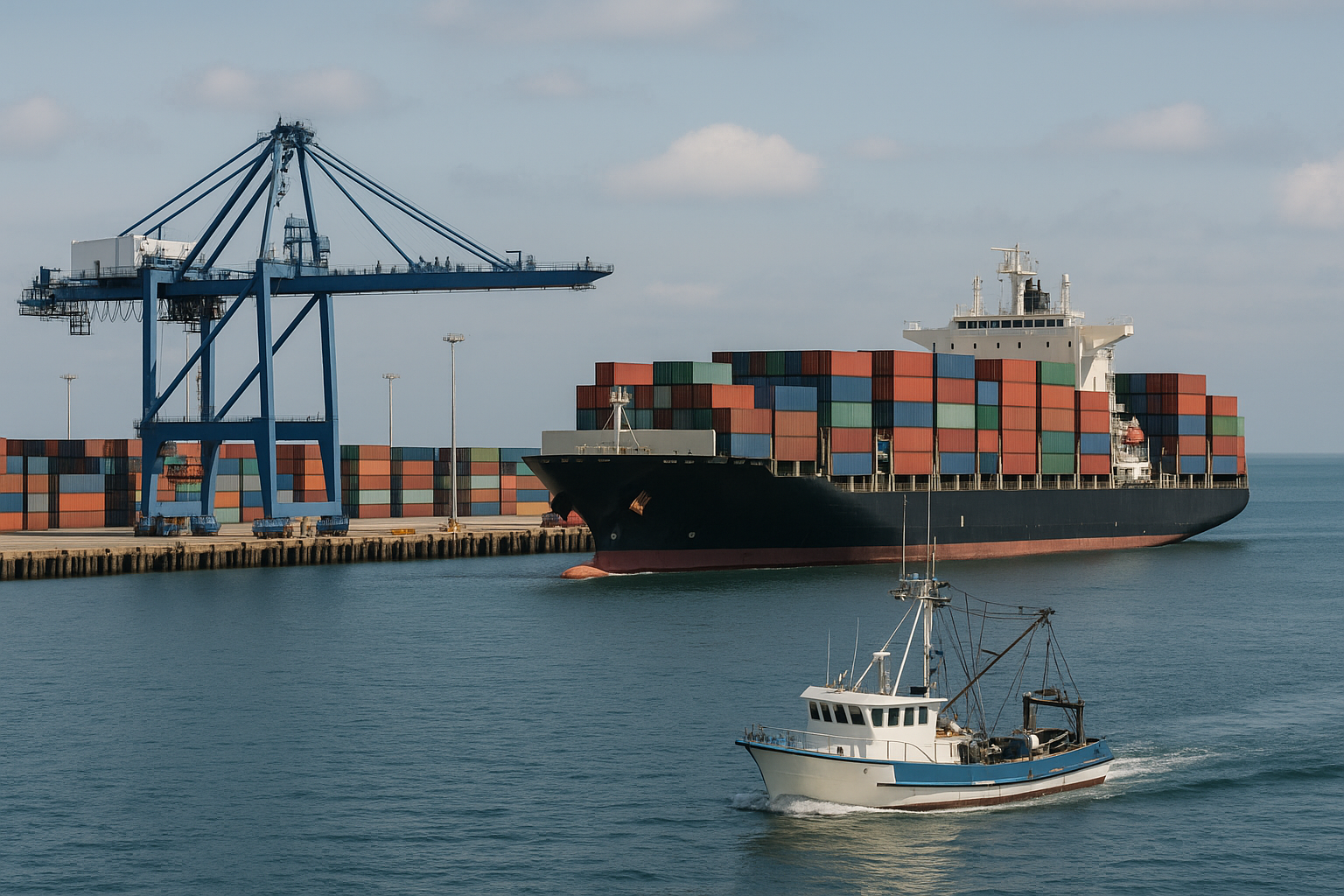UNDP Calls for Bold Economic Diversification to Shield LLDCs from Global Trade Shocks
The recent tariff hikes by major economies such as the United States exacerbate these challenges, threatening to lock LLDCs into persistent economic fragility unless decisive policy interventions are implemented.

- Country:
- United States
Landlocked Developing Countries (LLDCs) face growing challenges amid global trade uncertainties and escalating tariff barriers, according to a new UNDP policy paper titled “An Economic Diversification Push for LLDCs: Achieving the Awaza Programme of Action.” Released at the Third UN International Conference of Landlocked Developing Countries (LLDC3) in Turkmenistan, the paper highlights how LLDCs are disproportionately impacted by rising tariffs and shifting trade dynamics, underscoring the urgent need for strategic economic diversification and stronger regional cooperation.
Trade Vulnerabilities Amplified by Geographic Constraints
LLDCs—countries without direct access to the sea—are uniquely disadvantaged in international trade due to their dependence on neighboring transit countries and longer transit times, factors that have contributed to their GDP levels lagging about 20% behind similar coastal economies. According to the policy paper, for every percentage point increase in tariff rates, LLDCs experience an additional 4% drop in trade volumes compared to non-LLDC countries, intensifying income losses and economic vulnerability.
The recent tariff hikes by major economies such as the United States exacerbate these challenges, threatening to lock LLDCs into persistent economic fragility unless decisive policy interventions are implemented.
Two Divergent Futures for LLDCs
UNDP’s paper presents two contrasting scenarios outlining the potential trajectories for LLDCs:
1. Business-as-Usual Scenario
This path perpetuates existing vulnerabilities, with LLDCs continuing to contribute a marginal 1.3% of global exports. Their exports remain heavily concentrated in unprocessed primary commodities—82% of total exports—making them susceptible to volatile commodity prices and external shocks. Trade costs for LLDCs are estimated to be 1.4 times higher than for coastal developing countries, limiting their competitiveness and growth prospects.
2. Strategic Economic Diversification Scenario
In contrast, a proactive diversification strategy would broaden economic bases and improve resilience. With rising tariffs in the U.S. dampening incentives to export there, LLDCs would benefit from intensifying trade relations with regional partners, the European Union, and notably China. China’s Belt and Road Initiative (BRI) plays a critical role by enhancing transit corridors and digital connectivity, offering LLDCs alternative access routes to international markets. This shift could enable LLDCs to diversify their export markets, attract investments in value-added industries, and integrate more fully into regional supply chains.
Policy Shifts and Strategic Priorities
Ivana Zivkovic, UN Assistant Secretary-General and Director of UNDP’s Regional Bureau for Europe and the Commonwealth of Independent States, stressed the need for deliberate government action: “LLDCs must make bold policy choices to overcome their geographic and economic challenges. Increased tariffs highlight the urgency of diversification and regional cooperation, including fostering innovation and entrepreneurship.”
The paper advocates for reforms that reduce LLDCs’ reliance on traditional transit routes and encourage the development of alternative pathways, helping these nations turn geographic disadvantages into sustainable growth opportunities.
Aligning with the Awaza Programme of Action
UNDP’s recommendations align closely with the goals of the Awaza Programme of Action (APoA), a framework dedicated to supporting LLDCs through enhanced regional integration, South-South cooperation, and investments in infrastructure. The policy paper calls for accelerated development of both digital and physical infrastructure, alongside broad-based economic diversification, to build resilience against the pressures of rising global tariffs.
Global Trade Rebalancing: Opportunity Amid Challenges
As global trade patterns shift and major economies redefine their roles, LLDCs face both risks and opportunities. The UNDP paper concludes that while uncertainty remains over future trade policies, this rebalancing presents a critical chance for LLDCs to secure more favorable positions in the global economy through strategic policy action.
By embracing diversification, deepening regional collaboration, and leveraging international partnerships like China’s BRI, LLDCs can reduce their trade costs, strengthen economic resilience, and achieve inclusive and sustainable growth despite their geographic challenges.
ALSO READ
Dollar Strengthens Amid Global Trade Deals and Central Bank Meetings
SA Defence Firms Return from IDEF 2025 with Major Global Trade Leads
FTSE 100 Climbs Amid Mixed Corporate Updates And Global Trade Speculations
Spain's Black Olive Battle: Surviving Global Trade Challenges
Adidas Faces Double-Digit Million Euro Tariff Impact










